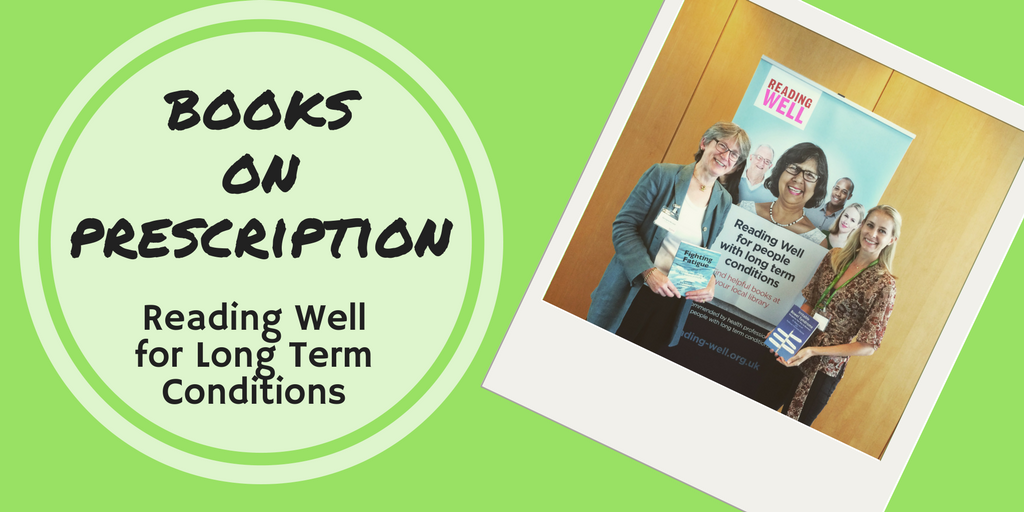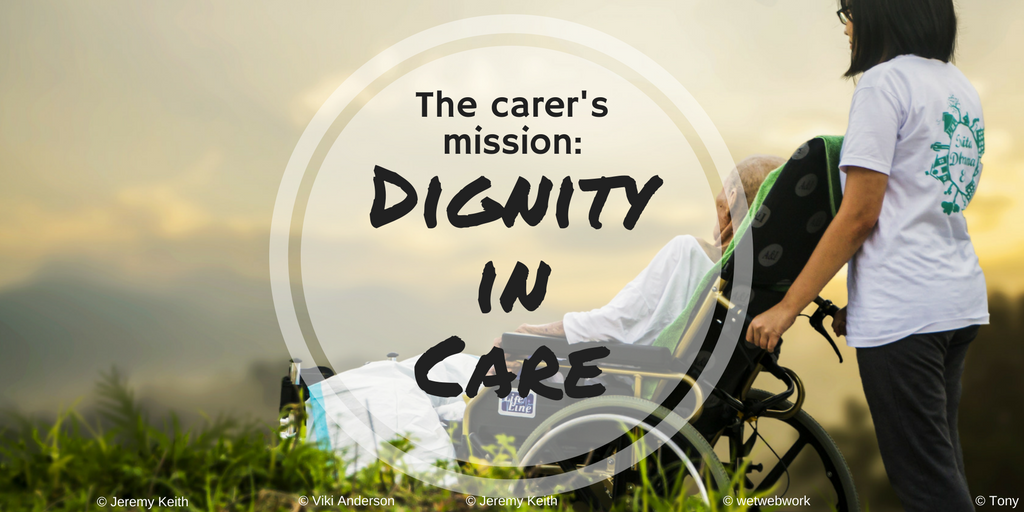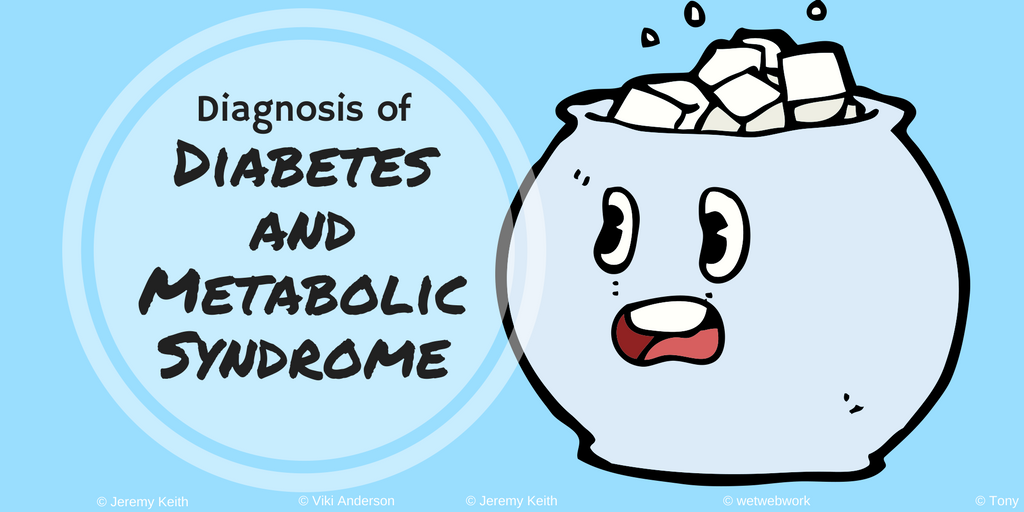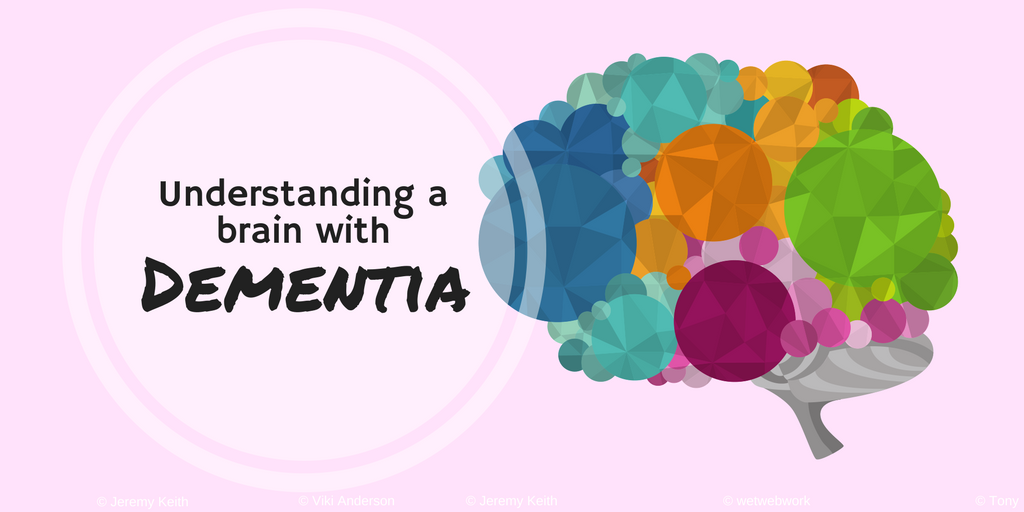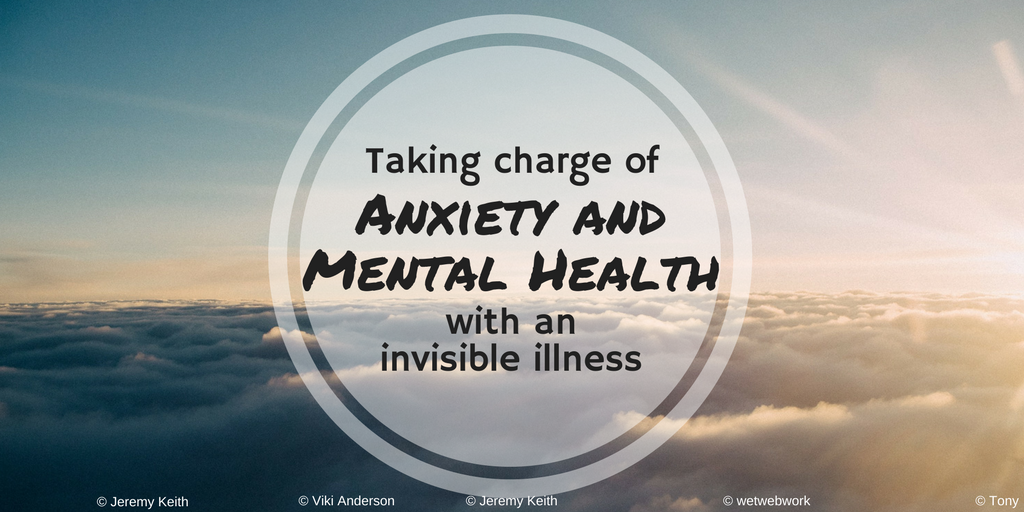
The author of Prevent & Cure Diabetes announces the launch of an innovative patient-centred portal – Natural Health Worldwide
The connectivity of the internet has given opportunities for ‘disruption’ of traditional business models in many fields with which we are now familiar – taxis, room rental, publishing, information retrieval, to name but a few. Now there is an opportunity also to rethink health care – how we access diagnosis, treatment and expert advice.
Natural Health Worldwide (NHW) is a new website that launched on 1 June, this year. It is a portal which connects patients from all round the World with NHW health practitioners. These practitioners, also from all round the World, can be Medical Doctors, other qualified Health Professionals or Experienced Patients. Each practitioner has an individual webpage where they can describe their qualifications, their experience and what they specialise in. Patients can search the site by type of practitioner and or illness/problem.
Appointments are booked through the website and can be conducted by Skype, FaceTime, ‘phone or email. This makes the process very convenient and also caters to a forgotten patient population – the housebound and bedridden. After each appointment, patients rate their practitioners on ‘Knowledge’, ‘Value for Money’ and ‘Approachability’, as well as having the opportunity to leave more discursive comments. The rating system means that practitioners build reputations and this will help inform subsequent patients as to who may be the best practitioner for them.
Patients can also access lab tests via the site and there is also an extensive phlebotomists’ listing in the UK (to begin with) if blood samples are needed, again making the process quick, easy and accessible to all.
NHW has a philosophy of providing healthcare that is as ‘natural’ as possible, with many of the practitioners using diet, supplementation and other non-prescription drug approaches. However, this does not exclude the use of prescription drugs, where appropriate. Initially the focus of the site is on conditions such as ME/CFS, Adrenal and Thyroid problems, Lyme Disease etc. However, NHW expects to widen its coverage as the site grows.
Dr Sarah Myhill, my co-author and author of Sustainable Medicine and Diagnosis and Treatment of CFS/ME (second edition) is the website founder and has funded its development – this website is her gift to patients. Dr Myhill stands to gain nothing from NHW, having divested herself of all financial interests.
The motivation for this project can be seen from two perspectives. First, over the years, Dr Myhill has had to turn away thousands of patients and wanted to develop a portal that would provide an excellent and accessible service for these often neglected and ignored people. NHW does just that, bringing practitioners to those patients in an easy one-stop shop.
Secondly, NHW is part of a wider agenda, which has the aim of empowering patients to take control of their own health-care. So much of modern medicine can be driven by vested financial interests and in the process, the patient is almost completely forgotten. Dr Myhill had the vision of swinging the pendulum back in favour of the patient and away from those vested interests.
To achieve this empowerment, three key areas were identified:
- The knowledge to work out why you have symptoms and disease – Dr Myhill has undertaken an extensive book-writing exercise, with 3 books published already and 2 more on the way this year*
- Direct access to relevant medical tests – this is achieved via the NHW website
- Direct access to knowledgeable Health Practitioners who can further advise and guide patients, together with access to safe and effective remedies – this is achieved via the NHW website
The hope is that NHW will contribute to the future of healthcare being more patient-centred, with access to health practitioners, lab tests, and the necessary knowledge, all putting patients back in control and giving them the choices that they both need and deserve.
This post was written by Craig Robinson. Craig first met Sarah in 2001, as a patient for the treatment of his CFS, and since then they have developed a professional working relationship, where he helps with the maintenance of www.drmyhill.co.uk, the moderating of Dr Myhill’s Facebook groups and other ad hoc projects, as well as with the editing and writing of her books.
Interested patients – please register at – https://naturalhealthworldwide.com/patient_sign_up.php All patients who register in June or July will be entered into a free mystery prize draw.
Interested practitioners – please register at – https://naturalhealthworldwide.com/practitioner_sign_up.php
Other media and general enquiries – please email office@naturalhealthworldwide.com
*Dr Myhill has published:
Due out this year are
- The Paleo Ketogenic Diet – getting the best of both worlds – [co-authored with Craig Robinson]
- Life is an Arms Race – fighting infections – [co-authored with Craig Robinson]



